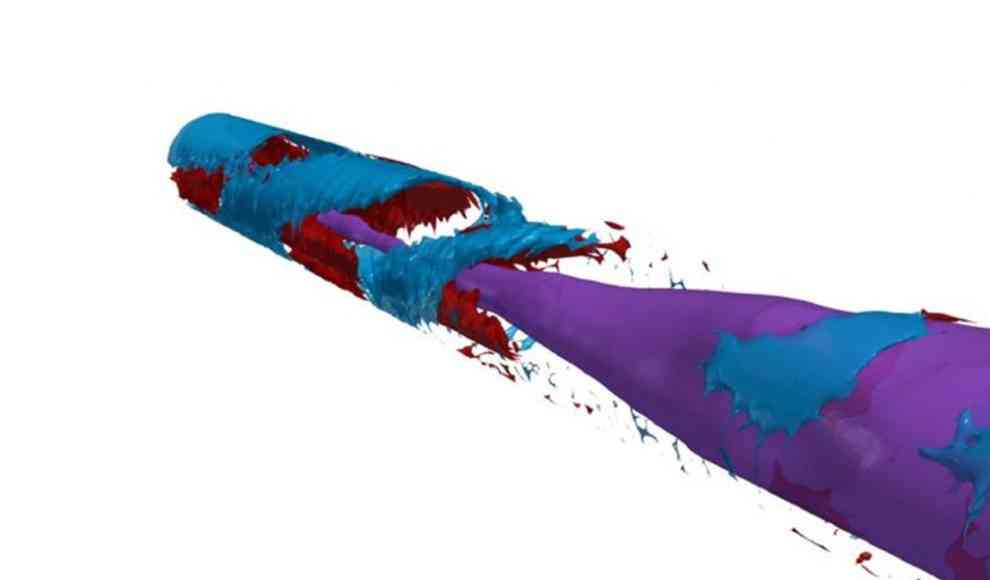A new study by researchers at the Institute of Science and Technology Austria (IST-Austria) has found that blood flows much more turbulently than previously thought. This discovery is of great interest to the medical community, as irregular blood flow is associated with various cardiovascular diseases. The study found that irregular blood flow occurs mainly in vessels with geometric irregularities. The results of this study could lead to the development of new therapies for diseases such as arteriosclerosis, as well as changing how medical professionals investigate diseases related to blood flow.
The researchers, led by Björn Hof, discovered that pulsating blood flows, such as those from the heart, react extremely to geometric irregularities in vessels, causing much higher speed fluctuations than previously believed. The study, published in the journal Pnas, suggests that a previously unknown mechanism may cause turbulence in pulsating flows in the human body at lower flow rates than previously thought. The researchers found that blood vessels with geometric irregularities lead to more turbulence in blood flow, and that slowing down the pulsating blood flow between heartbeats also causes turbulence, particularly in areas with geometric irregularities in the vessels.
The study’s findings have significant implications for the medical community, as irregular blood flow can cause inflammation of blood vessel walls, cellular dysfunction, and even arteriosclerosis. The researchers believe that there may be other mechanisms that cause turbulence in the cardiovascular flow at even lower speeds, and their future work will focus on identifying these mechanisms. This study highlights the importance of understanding the complexities of blood flow in the human body and how it can impact our health.










